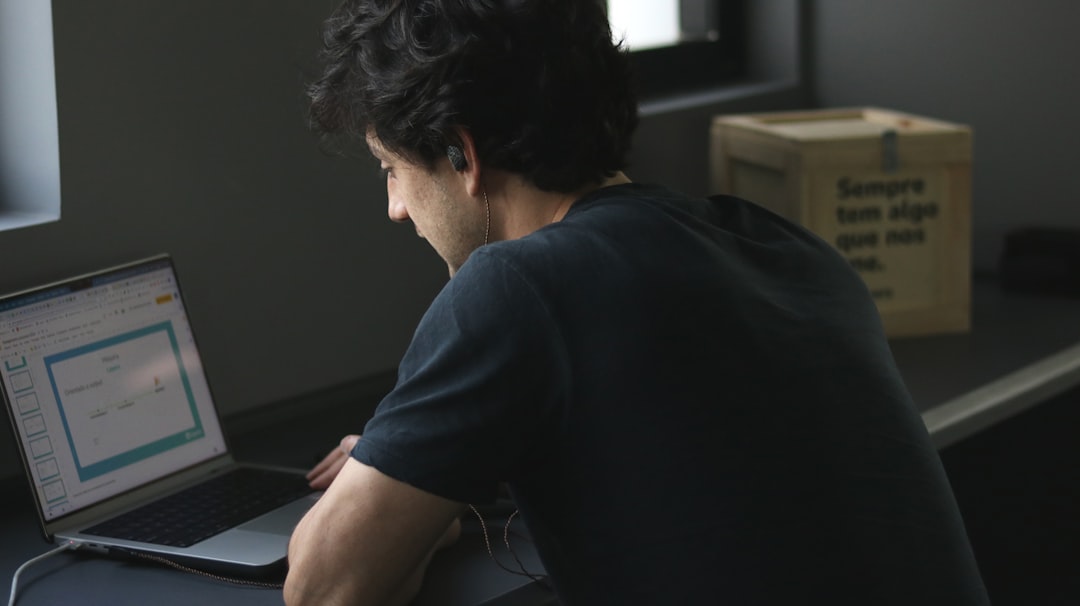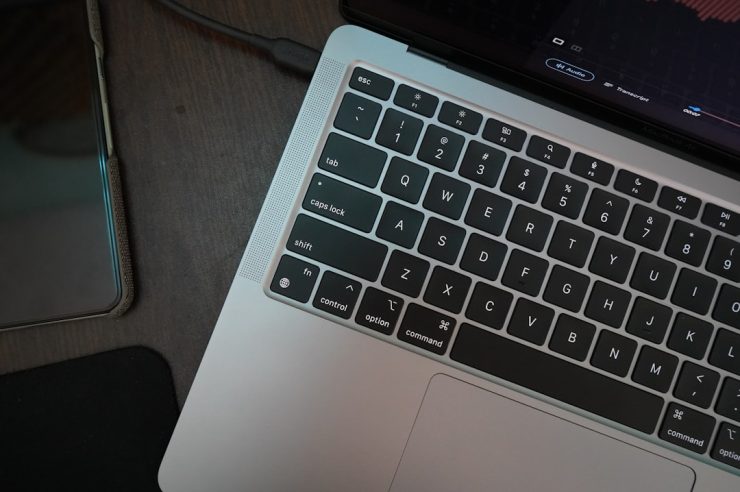CCleaner is a popular utility for cleaning potentially unwanted files and invalid Windows Registry entries from a computer. However, users may occasionally encounter a frustrating issue where CCleaner won’t open on their Windows PCs. This can be due to various factors such as software conflicts, corrupted files, or permission restrictions. The good news is that in most cases, this issue can be resolved with a few simple steps.
Common Causes of CCleaner Not Opening
- Corrupt or incomplete installation of CCleaner
- Conflicts with antivirus software
- Missing or damaged system files
- Outdated or incompatible version of CCleaner
- Insufficient user permissions
Understanding the root cause is crucial for effective troubleshooting. Here are several methods users can try to restore CCleaner’s functionality.
Solutions to Fix CCleaner Not Opening
1. Restart the Computer
Before diving into deeper troubleshooting, it’s always smart to perform a simple restart. This can clear temporary glitches and free up system resources that may be preventing the program from launching.
2. Run CCleaner as Administrator
Sometimes CCleaner needs elevated privileges to function properly. To do this:
- Right-click on the CCleaner shortcut.
- Select “Run as administrator”.
This can resolve issues caused by limited user permissions.
3. Disable Antivirus Temporarily
Many antivirus programs mistakenly flag CCleaner as a potential threat and block its execution. Temporarily disable your antivirus software and try to open CCleaner again. If it works, add CCleaner to the antivirus software’s whitelist.
[ai-img]antivirus alert, CCleaner blocked, PC security[/ai-img]
4. Reinstall CCleaner
A corrupt or incomplete installation can prevent the software from opening. Uninstall CCleaner and download the latest version from the official website. To reinstall:
- Press Windows + R, type appwiz.cpl, and hit Enter.
- Find CCleaner in the list, right-click, and select Uninstall.
- Visit the official CCleaner site and download the latest installer.
Install and try to run CCleaner again after the process.
5. Check for Windows Updates
Windows updates often include security patches and software compatibility fixes. Make sure your system is up to date:
- Go to Settings > Update & Security.
- Select Check for updates and install any available updates.
6. Use Compatibility Mode
If CCleaner isn’t compatible with your current Windows version, try running it in compatibility mode:
- Right-click on the CCleaner shortcut and choose Properties.
- Navigate to the Compatibility tab.
- Check Run this program in compatibility mode and select an earlier version of Windows.
[ai-img]Windows compatibility, settings, CCleaner properties[/ai-img]
7. Perform a System File Check
Corrupted system files may interfere with software operations. Run the System File Checker tool:
- Open Command Prompt as administrator.
- Type sfc /scannow and press Enter.
- Wait for the scan to complete and follow the on-screen instructions.
8. Check for Background Processes
It’s possible that CCleaner is already running in the background. Open Task Manager by pressing Ctrl + Shift + Esc and look for any CCleaner processes. If found, end them and try launching the program again.
Conclusion
If CCleaner won’t open on a Windows PC, it’s usually the result of a minor software conflict or permission issue. By following the steps outlined above, most users can get CCleaner working again without much hassle. As with all software-related issues, patience and a methodical approach are key.
Frequently Asked Questions (FAQ)
- Q: Is CCleaner compatible with Windows 11?
- A: Yes, the latest version of CCleaner is compatible with Windows 11. Ensure you’re using the most updated release.
- Q: Why does CCleaner keep crashing after launching?
- A: Frequent crashes may indicate a problem with system files or a conflict with other applications. Performing a clean reinstall or restoring Windows system files can help.
- Q: Can I use the portable version of CCleaner instead?
- A: Yes, the portable version doesn’t require installation and can be a good alternative if the regular version fails to launch.
- Q: Is it safe to disable antivirus software while troubleshooting?
- A: Disabling antivirus temporarily is generally safe for troubleshooting, but ensure you re-enable it immediately afterward to maintain system protection.
- Q: What if none of the methods work?
- A: If all else fails, consider contacting Piriform’s support or using an alternative system cleaner temporarily.



